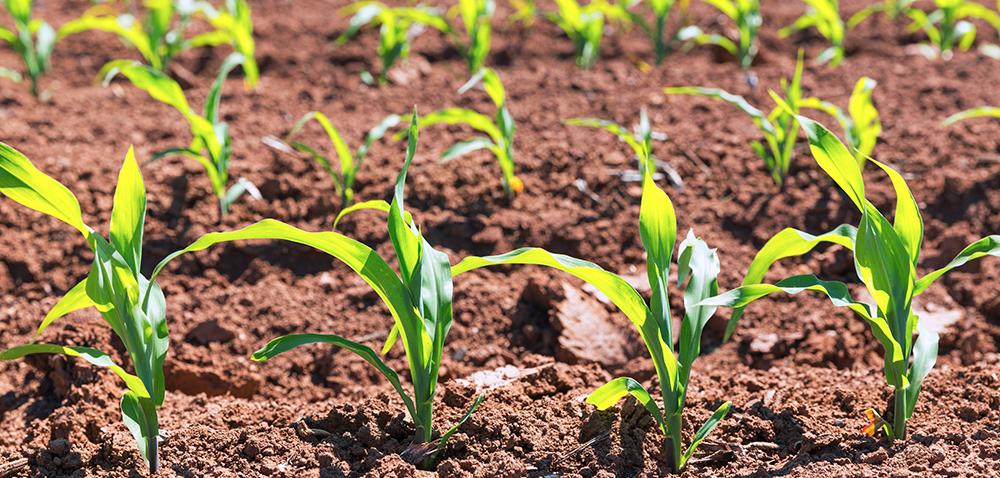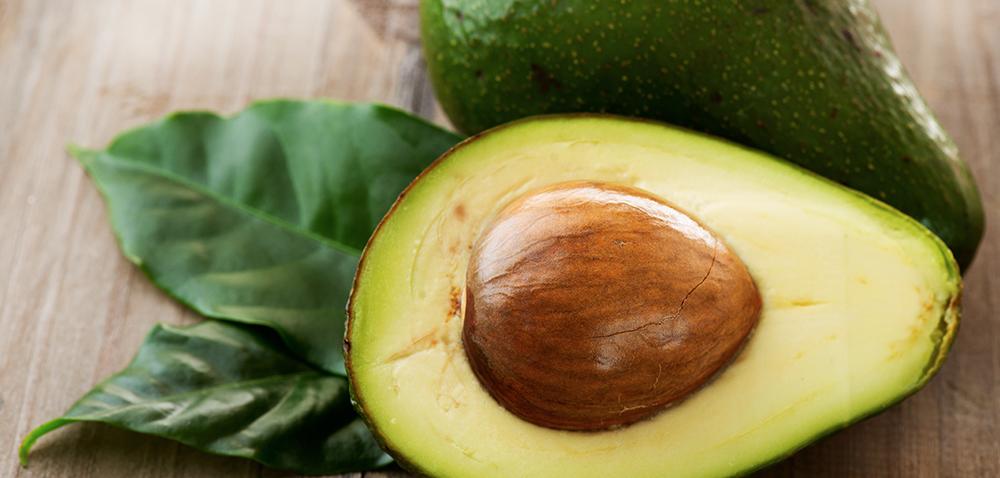Brave new worlds: brand new foods
It wasn’t just the discovery of strange new lands and cultures that gave Christopher Columbus and his crew so much to report on after their adventures – it was the food. Many new kinds of fruit, nuts, crops and vegetables were seen by European eyes for the very first time on their voyages – and likewise, much of the food they brought with them was new to the Americas.
Foods Columbus discovered included corn, avocados, tomatoes, zucchini, pineapples, blueberries, peanuts, pecans, cashews, chocolate, vanilla, gourds, squash and many kinds of hot pepper. Some of which went down better than others. In the early days, many of his expedition died in the Americas, and malnutrition often took the blame, with bland foods like cassava and maize considered key culprits.
As a result, on subsequent trips, Columbus brought many European foodstuffs with him, introducing things like wheat, bread, chickpeas, melon, rice, barley, oats, citrus fruit and sugar cane to the US, along with a wide range of livestock. It didn’t take long for the new foods to establish themselves and become part of the staple American diet. But perhaps the biggest irony is that some American foods like tomatoes and zucchini, while rejected at first by Europeans, have gone on to be thought of as quintessentially Mediterranean.
Foods Columbus discovered included corn, avocados, tomatoes, zucchini, pineapples, blueberries, peanuts, pecans, cashews, chocolate, vanilla, gourds, squash and many kinds of hot pepper. Some of which went down better than others. In the early days, many of his expedition died in the Americas, and malnutrition often took the blame, with bland foods like cassava and maize considered key culprits.
As a result, on subsequent trips, Columbus brought many European foodstuffs with him, introducing things like wheat, bread, chickpeas, melon, rice, barley, oats, citrus fruit and sugar cane to the US, along with a wide range of livestock. It didn’t take long for the new foods to establish themselves and become part of the staple American diet. But perhaps the biggest irony is that some American foods like tomatoes and zucchini, while rejected at first by Europeans, have gone on to be thought of as quintessentially Mediterranean.


